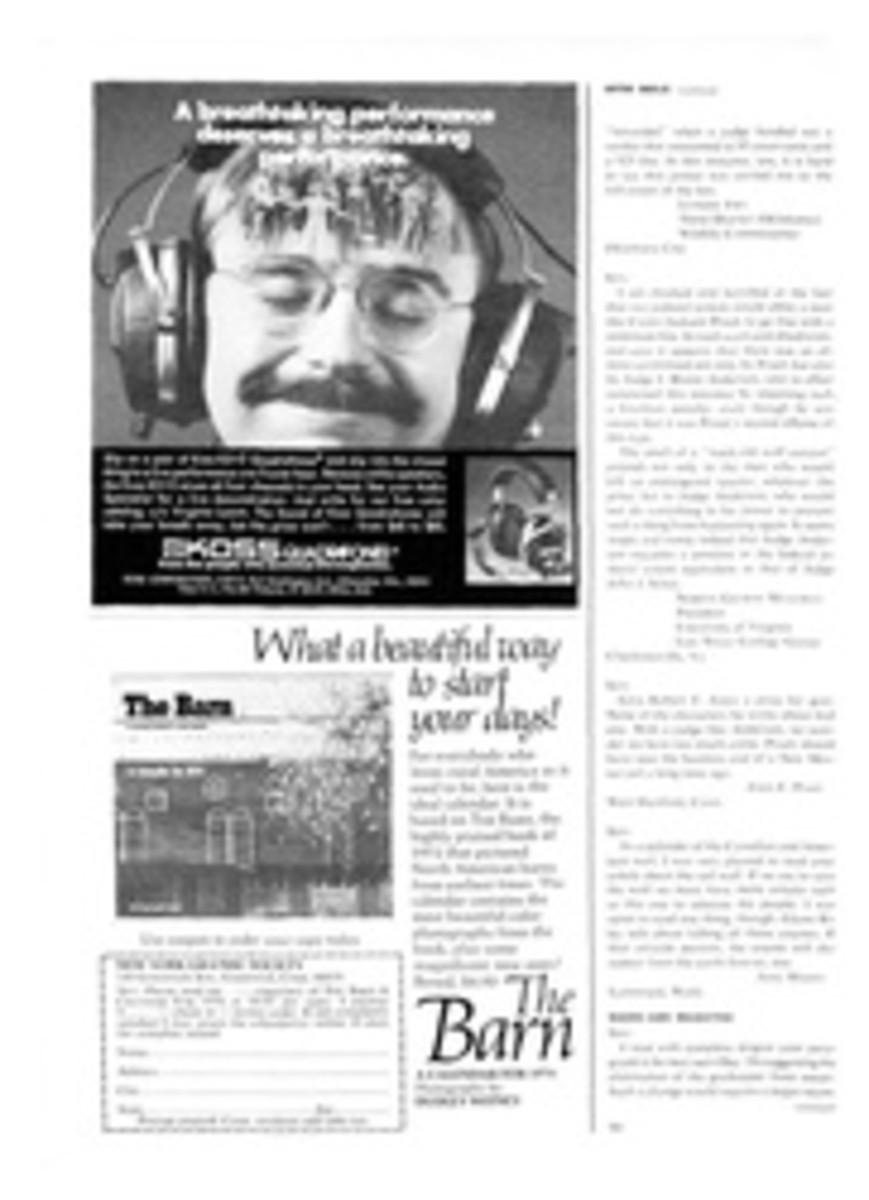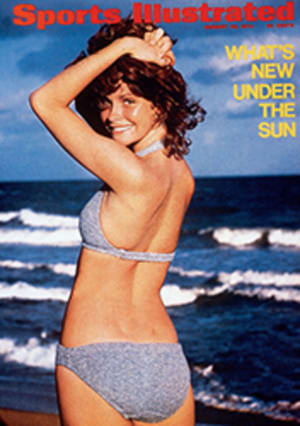
He Woke up in the Morgue
The crowd was silent. Binoculars that seconds before had been trained on thoroughbreds pounding down the backstretch at Bay Meadows were now focused on a terrible accident at the first turn. Two doctors, moments earlier spectators in the stands, knelt helplessly over the body of a jockey spread-eagled and pinned under his dying horse: the animal's spine had been broken and it was now literally a dead weight. The doctors, precious seconds passing, could see only the rider's boots, and they feared that if he were not already dead, he would certainly suffocate soon.
At last, two jockeys uninjured in the crash took matters into their own hands, and if the circumstances had not been tragic their efforts would have seemed almost comical. It looked like a slapstick routine, the two small men trying to tug a horse off the body of their friend. Finally, a third began pushing at the horse's rump, and the combined effort worked. The trapped jockey was freed.
The off-duty doctors, who had no medical equipment available, quickly felt for signs of life and found none. Moments later the official racetrack physician arrived. He, too, searched for vital signs. He took his stethoscope from his bag and listened. There was no heartbeat. He could find no pulse. He consulted with the other two doctors, who nodded. The jockey was dead.
The 20,000 spectators watched in shock as the body was wrapped in a white sheet. Then the loudspeaker announced, "Ladies and gentlemen, we regret to tell you that as a result of the accident jockey Ralph Neves is dead. Will you please stand in silent prayer."
The men in the stands removed their hats. Women wept. Many bent to one knee in prayer. Jockeys walked aimlessly in twos and threes. The ambulance drove off bearing the body of Ralph Neves.
That was on May 8, 1936. In December 1973, Ralph Neves—far from dead-whispered "Jesus," as the lights went on and a motion-picture projector was shut off. "All the stories about what happened were wrong. I've been telling the wrong story for years," he said. "I always thought I was in front. Why, I was nowhere near the lead!"
The scene was the Talk o' the Town restaurant, close to Santa Anita racetrack in Arcadia, Calif. The restaurant has made Neves a wealthy man, but as he watched the eerie, slow-motion frozen-frame films of his accident, financial security was not uppermost in his mind. He had just relived the seconds that had preceded his "death" and now, 37 years later, had finally found out what really happened.
Neves today is a tranquil 57-year-old man who still maintains his riding weight and looks not too unlike the jockey who retired 10 years ago as the fifth-leading American rider, with 3,771 victories to his credit. The story of his "resurrection" is one of the most bizarre in American sport.
The day of the accident Neves was in a four-way fight with Johnny Longden, Jackie Westrope and Johnny Adams for the leading jockey title at the Bay Meadows track in San Mateo, Calif. The end of the meeting was still two days off, and Neves was after the $500 bonus that was to go to the leading rider. In the third race Neves was aboard the well-regarded Fannikins. According to one published account, here is what happened:
"Fannikins broke third, quickly moved up and was first into the back-stretch turn. Suddenly he tripped, went down. Neves, hurled straight forward into the rail, bounded off and was ground into the dirt by not one, but four horses running directly behind...."
Neves has been telling this version since. It was only after a scratched, badly lighted print from the official patrol-judge footage had been turned into slow-motion, frozen-frame images that made it a modern-day instant replay that Neves was able to see what had really happened. The film shows that Fannikins broke well, but as the field moved into the first turn Neves was fifth, behind four horses stretched from the rail almost to the middle of the track. The outside horse of the three front runners broke a leg and stumbled into the horse next to him. Then, in a falling-domino sequence, the other two lead horses were hit and all four went down.
Jockeys were flying through the air as Neves, a few lengths behind, tried to pull outside to avoid the melee. The sudden move by Neves caused Fannikins to balk and Neves went flying forward several yards ahead of the pileup. He was stunned, lying face downward in the dirt. Fannikins' momentum carried him forward, also. He rolled twice and came to rest directly atop Neves.
The whole sequence took three seconds—72 frames of stop-action slow-motion film. Looking at it, Neves shouted, "My horse didn't trip! I never hit the rail! And no horses went over me! I was thrown clear and that damned horse rolled right on top of me."
This first half of Neves' story may have been new to him, but it is the dull part. And about the rest he is not confused. After the doctors pronounced him dead Neves was taken to nearby Mills Memorial Hospital, where he was placed on a slab in the "cold" room while death certification papers were filled out preparatory to his being sent to the morgue. About half an hour had elapsed since he had been pronounced dead, and he was stretched out in total darkness when, as he recalls all too vividly, "I leaped up and I couldn't sec anything. I began feeling my way around the room—then I started screaming. No one heard me. Finally I found the door and ran. When I got to the street, I hailed a cab and told the driver to take me to the racetrack. He must have thought I was crazy, standing there in my boots and a sheet."
When Neves and his sheet got to the track there were still several thousand fans milling around discussing the tragedy. Unnerved, Neves began to run, and several people started chasing him. Finally a couple of jockeys caught him and took him to the track's first-aid station, where he was examined again. This time the doctors could find nothing wrong, except for some bruises and a slight case of shock.
The next day Neves was back at work. The headline of a yellowed San Francisco Chronicle' clipping that is framed on the wall of the Talk o' the Town reads:
RALPH NEVES—
DIED BUT LIVES
TO RIDE AND WIN.
Win? Neves finished as the top rider of the Bay Meadows meet after all, richer by $500, a watch—and his skin.

